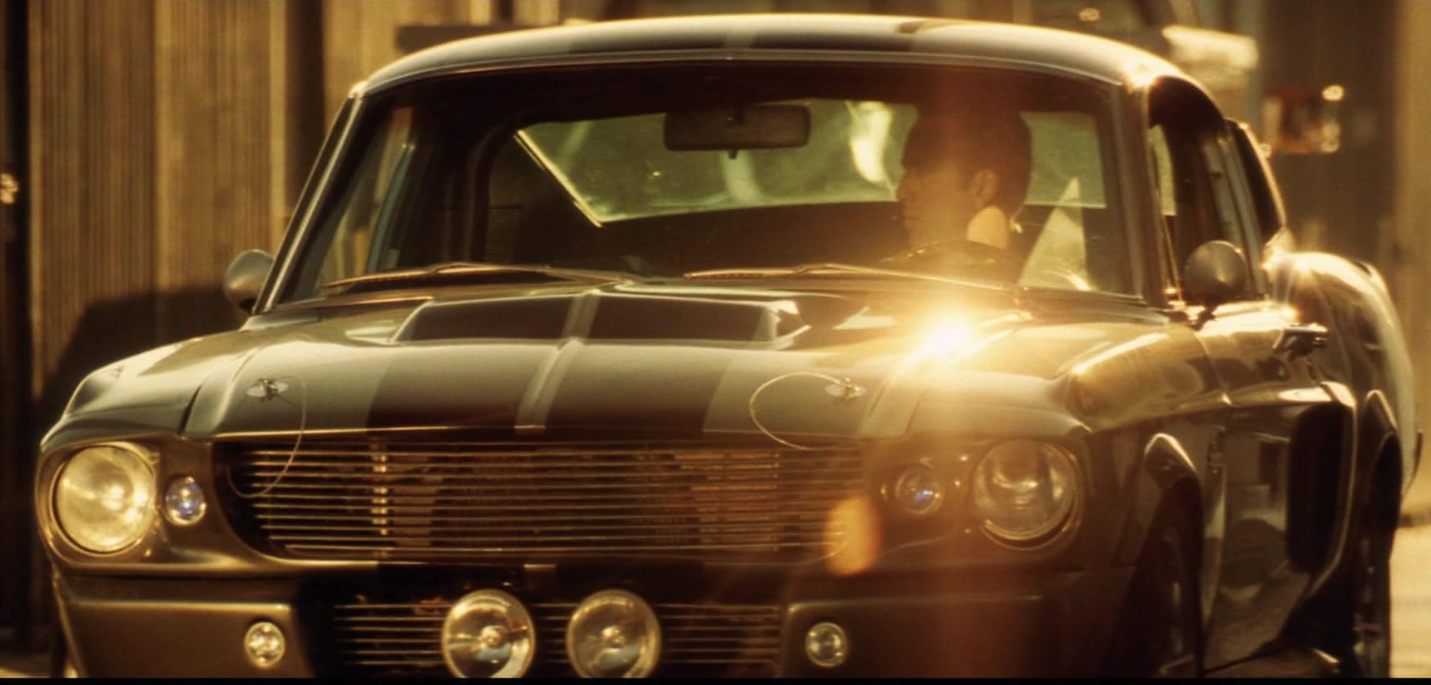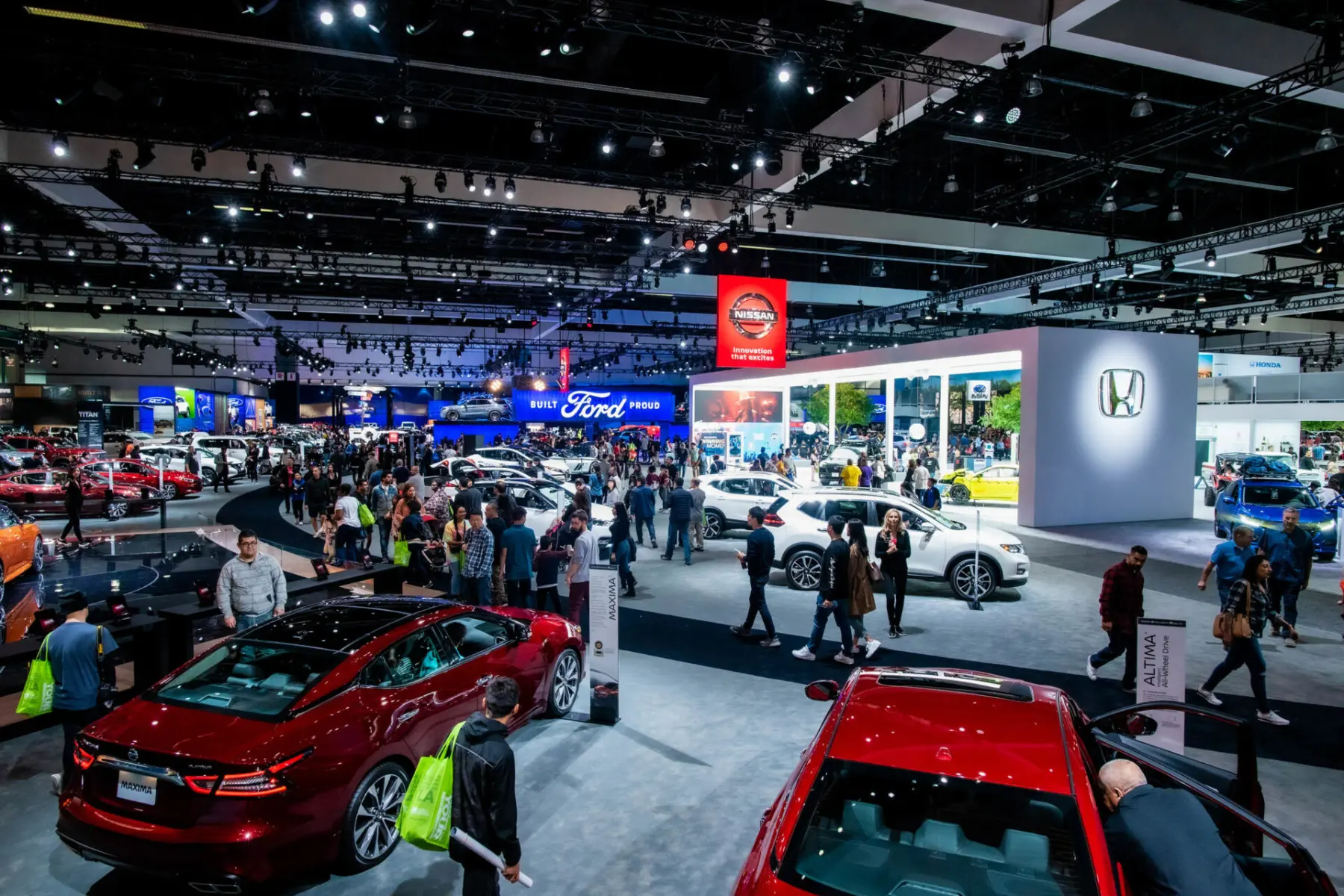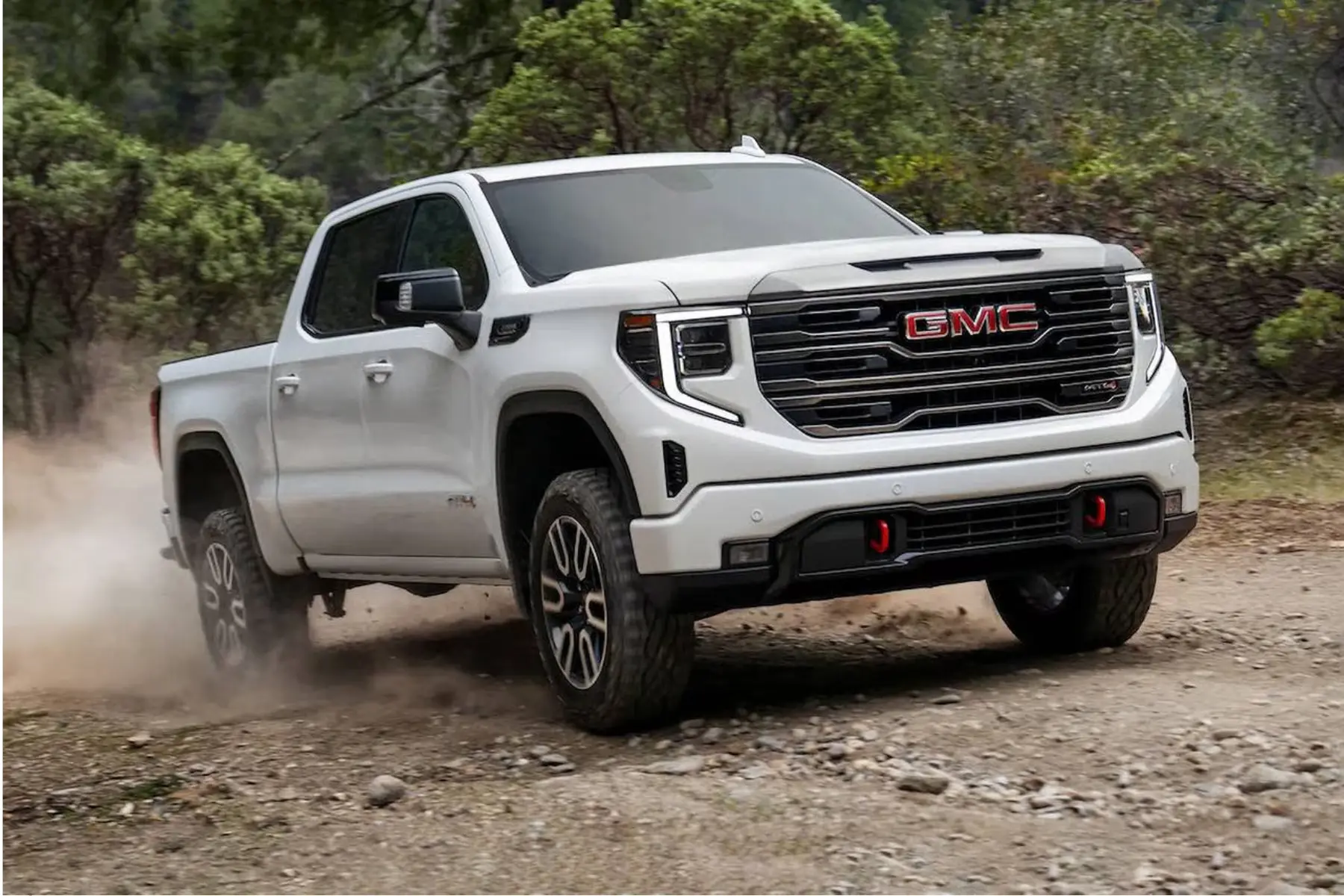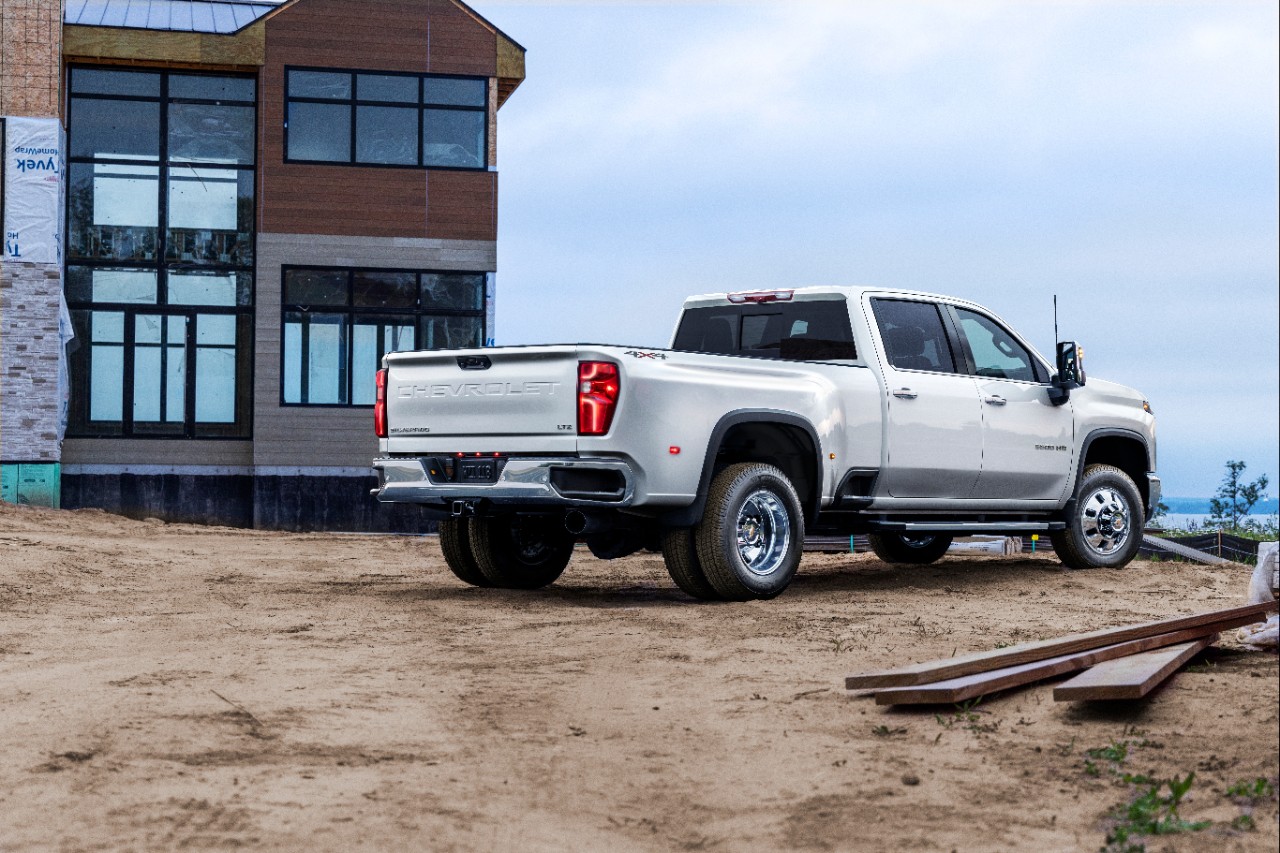“Gone in 60 Seconds” is a high-octane action film centered on legendary car thief Randall
“Memphis” Raines, played by Nicolas Cage. After retiring from his life of crime, Memphis is
forced back into the game when his younger brother Kip falls into debt with a dangerous crime
lord. To save his brother, Memphis must assemble a team of skilled car thieves and steal a
staggering 50 high-end cars in one single night. As they race against the clock, they must outwit
both rival criminals and the relentless police detective determined to catch them. The film is a
thrilling blend of fast cars, elaborate heists, and intense action sequences.
As intriguing as the premise of the film is the list of cars itself. Although of course not every car
in the movie is given a drawn-out theft sequence (and, frankly, some are not interesting enough
to deserve one), a handful of cars on the list stand out as true gems. Here are the ones that
make “Gone in 60 Seconds” a great car movie.
1961 Porsche 356B Speedster “Natalie”
The 1961 Porsche 356B Speedster is a classic sports car that holds a special place in
automotive history. Known for its elegant design and exceptional performance, the 356B
Speedster features a lightweight body, low-slung stance, and a distinctive curved windshield.
Under the hood, it houses a rear-mounted, air-cooled 1.6-liter flat-four engine, producing around
75 horsepower, which may seem modest by today’s standards but provided a thrilling driving
experience in its time. The car’s superior handling, due to its well-balanced chassis and
responsive steering, made it a favorite among driving enthusiasts. Its minimalist interior,
characterized by simple but functional controls, contributed to its reputation as a driver’s car,
prioritizing performance and driving pleasure over luxury.
In the film “Gone in 60 Seconds,” the 1961 Porsche 356B Speedster plays a notable role as one
of the 50 high-end cars that protagonist Randall “Memphis” Raines must steal in one night to
save his brother. The car is portrayed as a highly desirable and valuable target, emphasizing its
status as a classic and sought-after vehicle among car collectors and enthusiasts. Its inclusion
in the film underscores the Speedster’s iconic appeal and the timeless allure of vintage
Porsches. The heist scenes involving the 356B Speedster highlight its sleek design and
performance capabilities, contributing to the film’s excitement and tension as the characters
race against the clock to complete their high-stakes mission.
1970 Plymouth Superbird “Vanessa”
The 1970 Plymouth Superbird is a legendary muscle car, celebrated for its distinctive
aerodynamic design and powerful performance. One of its most unique features is the towering
rear wing, which was designed to provide downforce at high speeds, enhancing stability and
handling. The Superbird also sports a sharply pointed nose cone, which further reduces aerodynamic drag. Under the hood, it often came equipped with a 426 Hemi V8 engine, capable
of producing 425 horsepower, or the 440 Super Commando engine, making it a beast on the
racetrack. Originally built to dominate NASCAR, the Superbird’s engineering excellence and
bold styling made it an instant icon. Its limited production run, with only 1,935 units made, adds
to its rarity and desirability among collectors.
In the film “Gone in 60 Seconds,” the 1970 Plymouth Superbird is one of the standout vehicles
on the list of cars. The car’s distinctive appearance, with its large rear wing and aerodynamic
shape, makes it an easily recognizable and highly coveted target. The Superbird’s inclusion in
the heist underscores its status as a rare and valuable muscle car, reflecting its historical
significance and appeal. Its role in the movie not only highlights the Superbird’s unique features
but also cements its place in pop culture as one of the most memorable cars in the cinematic
car heist genre.
1962 Aston Martin DB1 “Barbara”
The 1962 Aston Martin DB1 holds a significant place in automotive history as a symbol of British
engineering excellence and timeless luxury. Although the DB1 was produced in very limited
numbers starting in 1948, it set the foundation for the iconic DB series, which includes the
celebrated DB4, DB5, and beyond. The DB1’s design was a collaborative effort between Aston
Martin and the renowned coachbuilder Lagonda, featuring a robust yet elegant chassis and an
innovative 2.0-liter straight-six engine. Its refined aesthetics, combined with advanced
engineering for its time, showcased Aston Martin’s commitment to creating high-performance,
luxurious sports cars. The DB1’s legacy is particularly noteworthy for establishing the design
and engineering principles that would define Aston Martin’s future models, including the
association with James Bond, which began with the DB5. This connection to cinematic and
cultural history further elevates the DB1’s status as a cornerstone in the legacy of classic British
sports cars.
1967 Chevrolet Corvette Stingray L71 “Stacey”
The 1967 Chevrolet Corvette Stingray L71 is a landmark in automotive history, celebrated for its
remarkable performance and iconic design. The L71 package, introduced in the final year of the
C2 Corvette generation, featured a formidable 427 cubic-inch V8 engine with three two-barrel
carburetors, producing an impressive 435 horsepower. This powertrain made the L71 one of the
most powerful and desirable Corvettes of its era, capable of breathtaking acceleration and top
speeds. The 1967 model also boasted refined styling, with its sleek, aggressive lines, distinctive
side vents, and minimalistic but purposeful interior. It represented the pinnacle of the Stingray’s
development, combining raw performance with sophisticated aesthetics. As a result, the 1967 Corvette Stingray L71 has become a coveted classic, symbolizing the zenith of American
muscle car design and engineering in the 1960s. Its enduring popularity among collectors and
enthusiasts underscores its lasting impact on automotive culture.
1971 Plymouth Hemi Cuda “Shannon”
The 1971 Plymouth Hemi Cuda holds a legendary status in automotive history as one of the
most iconic and powerful muscle cars of its era. Equipped with the formidable 426 Hemi V8
engine, producing 425 horsepower, the Hemi Cuda was a true performance beast, capable of
blistering acceleration and top speeds that captivated muscle car enthusiasts. The 1971 model
year was particularly significant due to its aggressive styling, featuring a distinctive grille, shaker
hood scoop, and “hockey stick” side stripes that emphasized its muscular aesthetics. Limited
production numbers, with only a few hundred Hemi Cudas produced, add to its rarity and
desirability among collectors. The Hemi Cuda’s reputation was cemented both on the drag strip
and in popular culture, symbolizing the peak of the American muscle car era before the industry
faced tightening emissions regulations and fuel crises. Its enduring legacy continues to
influence car design and remains a benchmark for high-performance vehicles.
1966 Shelby AC Cobra “Ashley”
The 1966 Shelby AC Cobra holds a pivotal place in automotive history as an iconic blend of
American muscle and British engineering. Conceived by Carroll Shelby, the AC Cobra was born
from the collaboration between Shelby American and AC Cars of Britain. By installing a powerful
Ford V8 engine into the lightweight, agile AC Ace chassis, Shelby created a car that dominated
both on the road and the racetrack. The 1966 model, particularly those equipped with the 427
cubic-inch V8 engine, exemplified raw power and exceptional performance, achieving a
legendary status in motorsports, including victories in prestigious events like the 24 Hours of Le
Mans. Its aggressive design, with flared fenders and wide stance, became a symbol of 1960s
racing and automotive innovation. The Shelby AC Cobra’s influence extends beyond its era,
continuing to inspire modern sports car design and maintaining a revered status among car
enthusiasts and collectors worldwide.
1967 Shelby Mustang GT500 “Eleanor”
The 1967 Shelby Mustang GT500 is a celebrated classic, renowned for its unique features and
high-performance capabilities. Developed by legendary car designer Carroll Shelby, the GT500
was equipped with a powerful 428 cubic-inch Police Interceptor V8 engine, producing an
impressive 355 horsepower, which could be further boosted with optional dual four-barrel carburetors. This powerhouse engine made the GT500 one of the most formidable Mustangs of
its time. The car’s aggressive styling included a distinctive fiberglass hood with functional air
scoops, dual racing stripes, and a sleek fastback design. Inside, it offered luxury touches like
custom upholstery, a wood-rimmed steering wheel, and an array of performance gauges. The
combination of raw power, stylish design, and Shelby’s racing pedigree made the 1967 GT500
an instant icon in the muscle car world.
The 1967 Shelby Mustang GT500, affectionately named “Eleanor,” takes on a starring role as
the ultimate prize in the high-stakes car heist. As the most coveted car on Randall “Memphis”
Raines’ list, Eleanor symbolizes the pinnacle of classic American muscle cars, embodying both
beauty and brawn. The car’s iconic appearance, with its sleek lines and striking paint job, makes
it a standout in the film’s lineup of exotic and high-performance vehicles. Eleanor’s high-speed
chases and dramatic stunts highlight the GT500’s powerful performance and agility. The
portrayal of the 1967 Shelby Mustang GT500 in “Gone in 60 Seconds” has cemented Eleanor’s
status as one of the most beloved and recognizable cars in cinematic history, further enhancing
the legacy of the Shelby GT500.





